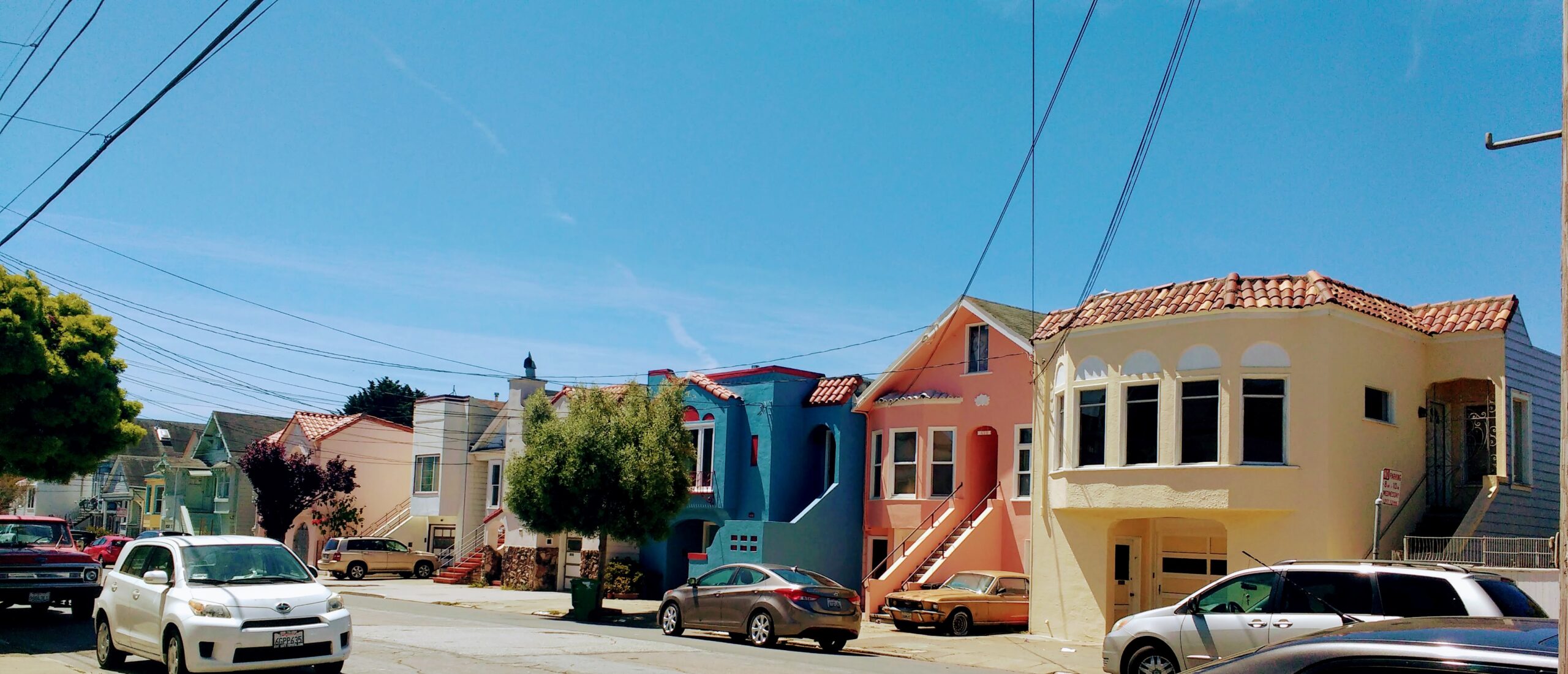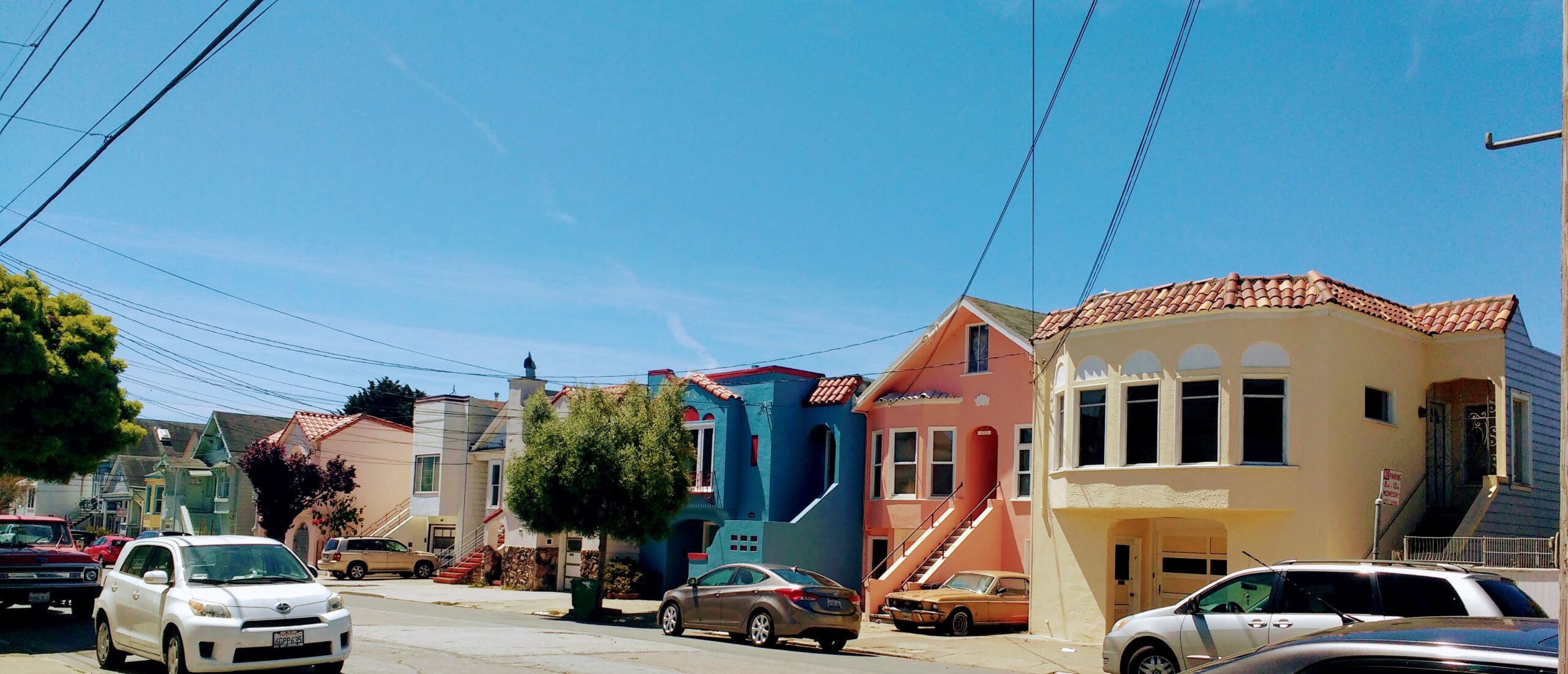
On December 5, the Planning Commission unanimously recommended Supervisor Rafael Mandelman’s density reform ordinance.
The ordinance, which Livable City helped author, will advance two housing goals – increasing the amount of permanently affordable housing in San Francisco, and stabilizing housing by protecting more rent-stabilized units from merger or demolition and expanding protections for tenants of those units.
As San Francisco’s housing affordability and homelessness crises continue to worsen, the need for rethinking our approach to housing is clear. Although San Francisco still lacks a comprehensive housing strategy, the City is incrementally transforming our approach to housing by embracing affordability, stabilization, and “gentle density”, an approach that allows more housing in low-density areas of the City with new, small-scaled buildings. San Francisco has also begun to chip away at its legacy of exclusionary zoning, which segregates neighborhoods by income.
Livable City has been in the forefront of this change, with three big legislative victories in 2019. We’re planning to build on these successes in 2020, which we’ll cover in an upcoming post.
Affordable Housing
In 2019, San Francisco expanded funding for permanently affordable housing and removed zoning barriers to building new affordable units.
In September, the Board of Supervisors increased the Jobs-Housing Linkage Fee, a fee on commercial square footage in new developments, from $28.57 to $69.60 per square foot. This November, voters approved a $600-million affordable housing bond, the largest in San Francisco’s history. These new funds are intended to complement existing sources, like the City’s inclusionary housing requirements on market-rate development, and increase affordable housing production.
Voters also approved Proposition E, which amended the City’s Charter to curtail permit appeals for affordable housing projects, and permit teacher and affordable housing on sites zoned specifically for public use.
The pending density reform ordinance proposes expanding the Planning Code’s density exception for permanently affordable units to all zoning districts, including low-density RH-1 and RH-2 districts. If the ordinance is approved by the full Board of Supervisors early next year, affordable projects will no longer have a limit on density so long as they can meet the other requirements of the Planning Code.
The All In campaign was launched in July, with the support of many businesses, health care providers, and community organizations (including Livable City). All In wants to create 1100 units of permanently affordable housing to house homeless San Franciscans, distributed in each of the City’s eleven supervisorial districts. Supervisor Mandelman sponsored a resolution making All In’s goal official. All In didn’t propose a specific legislative or funding plan, but the legislation and funding approved in 2019 will help meet the campaign’s 1100-unit goal.
Stabilizing Residents and Housing
Stabilization strategies protect San Franciscans from losing their housing by protecting housing, especially rent-stabilized and affordable housing, from demolition, merger, and conversion, and expanding tenants’ legal protections.
San Francisco has thousands of unauthorized units – units originally built without permits. Many of these units have existed for decades, and are covered by the city’s rent control laws. They house tens of thousands of San Franciscans, including many of the City’s most vulnerable. Their unauthorized status puts the units in legal limbo, puts tenants at increased risk of displacement, and makes it difficult for owners to make necessary repairs and habitability upgrades.
In 2014, the City adopted an ordinance permitting one unit per lot to be legalized, but it excluded buildings with multiple unauthorized units. The density reform ordinance will finally provide a path to legalization for all unauthorized units, so long as these units can be made to meet safety and habitability requirements.
The City’s Small Sites Program was established in 2014, and provides funding for nonprofit housing providers to acquire multi-unit rental housing, protecting older rental buildings from speculative pressure and preserving them as affordable housing. Some funding from the housing bond and jobs-housing linkage program is dedicated to replenishing the Small Sites Program. In April, the Board of Supervisors voted to give affordable housing providers the right of first offer when buildings of more than three units are sold, and allowing them to match the final sale price.
Gentle Density
Gentle Density encourages the construction of townhomes and small apartment buildings that house more people than single-family homes, but still fit in with the scale of residential neighborhoods.
Most of the City’s re-zoning efforts of the last two decades have focused on permitting significantly larger and denser buildings in a handful of mixed-use neighborhoods and commercial corridors, mostly on the eastern side of San Francisco. Gentle density increases housing diversity and affordability in lower-density areas.
In April, the Board of Supervisors approved an ordinance permitting one accessory dwelling unit (ADU) in any new building; previously accessory units were only permitted in existing buildings. This summer, the Board approved allowing new cottage units on through lots (lots that run through from one street to another) and on corner lots, so long as a rear yard is provided between the front and rear buildings and the new cottages are scaled to the fronting street or alley.
The Board of Supervisors also approved Supervisor Mandelman’s ordinance removing conditional use requirements for most residential care facilities. Mandelman’s pending density ordinance removes restrictions on residential care beds in RH-1 and RH-2 zoning districts as well as density limits on affordable units in those districts. Livable City helped author both ordinances.
On January 1st, a new California law will go into effect, permitting a ‘junior ADU’ in addition to the one accessory unit currently permitted on any residential or mixed-use parcel in the state. San Francisco’s and California’s ADU laws are part of a national movement to address housing shortages, end exclusionary zoning, and create more compact and walkable neighborhoods with gentle density reforms, missing middle housing strategies, and form-based codes.
As the housing crisis spreads nationwide, other parts of the country are reconsidering single-family zoning. Oregon’s legislature approved allowing two to four units on every parcel in cities and towns with more than 10,000 people. In November, Minneapolis’ city council approved legislation permitting triplexes in the city’s previously single-family-zoned neighborhoods.
Gentle Density increases housing stock on a human scale, adding residential units and density without disrupting a neighborhood’s integrity. Together with legislation to preserve and legalize existing housing, lower barriers to building more affordable housing and encourage the building of residential care facilities, they form an approach that preserves and creates affordable housing. Livable City will continue to author, champion and build on these policies in 2020 and beyond.




